Retail Media
Announcement
Read the latest blog posts on AdTech topics here, published every week on Thursdays!
Join to get free updates every week

Discover how endemic and non-endemic brands can unlock growth through Retail Media and Commerce Media. Learn proven strategies, see real-world performance data, and explore expert insights from eMarketer, Publicis Commerce, M3, and Guideline.
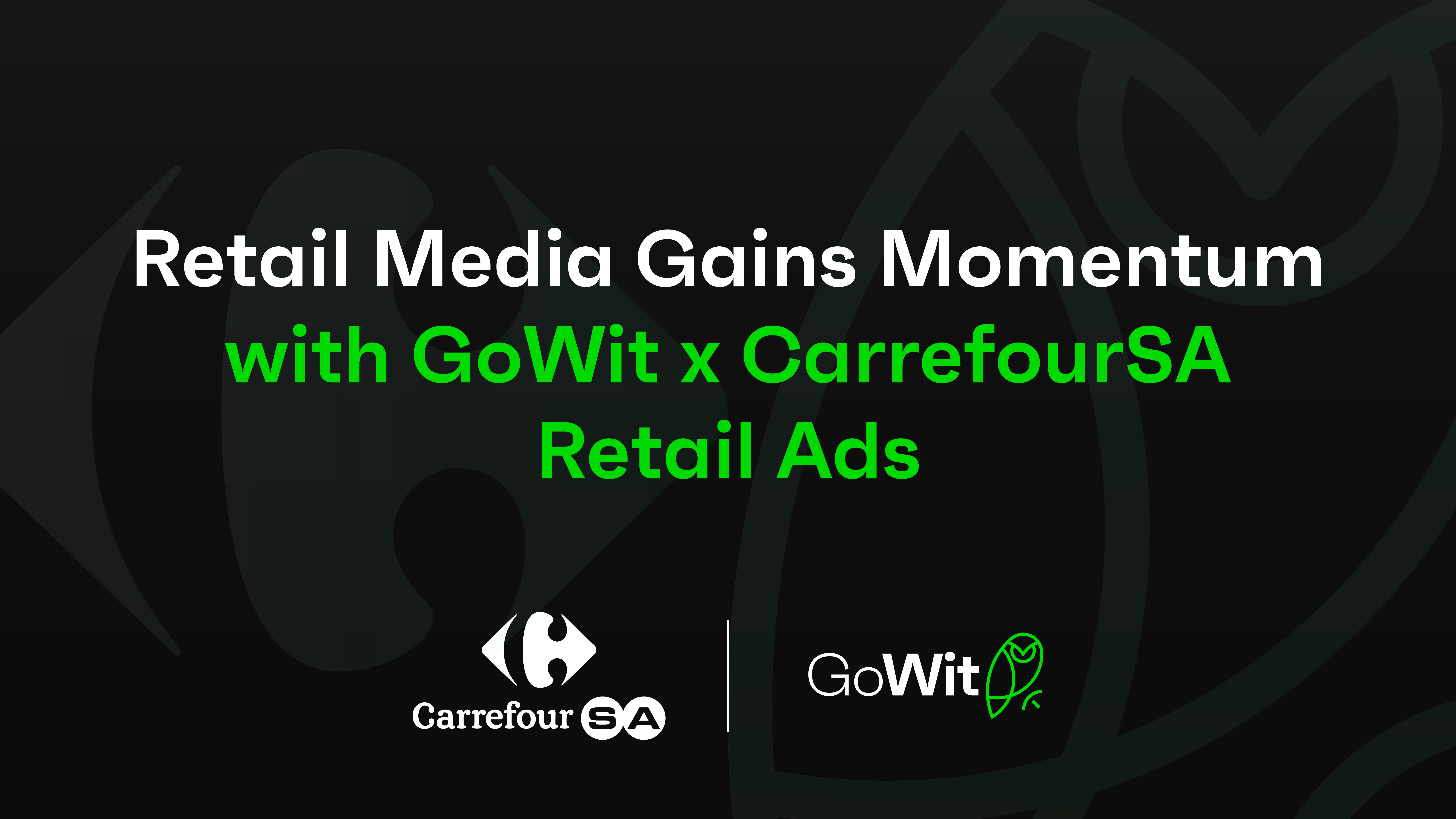
CarrefourSA Retail Ads, powered by GoWit’s AI-driven tools, offers advertisers advanced targeting capabilities to create personalized campaigns based on customer interests, past purchases, and shopping behaviors. With customized geo-targeting, brands deliver location-specific promotions and special offers, optimizing engagement and sales.

Retail Media is transforming how brands drive performance within retail ecosystems, and HP’s recent success on Teknosa’s platform shows why. By leveraging GoWit’s advanced Retail Media capabilities, HP turned high-intent shopper journeys into measurable results, achieving standout ROAS and engagement in a crowded tech market. As precision targeting and real-time optimization become key to winning digital shelf space, HP’s approach highlights how the right partnerships can turn Retail Media into a powerful growth engine for brands competing in high-consideration categories.

By transforming physical retail environments into measurable, performance-driven channels, Koçtaş reimagined how shoppers engage with brands in-store. Through GoWit’s cutting-edge Retail Media infrastructure, the brand delivered contextual, location-aware messaging and real-time optimization, turning store aisles into high-impact conversion zones. This case showcases how physical stores, when empowered with smart retail tech, can unlock new levels of engagement, brand recall, and sales performance. As the boundaries between digital and offline commerce blur, Koçtaş’s strategy stands as a powerful example of how Retail Media is reshaping omnichannel experiences from the ground up.

The rise of off-site Retail Media is redefining how brands connect with consumers beyond owned platforms. As Meta Ads become central to omnichannel strategies, advertisers must harness first-party data and advanced targeting to drive performance across social and digital channels. With seamless integration now available through GoWit, retail and CPG marketers can scale smarter, and stay competitive in an increasingly fragmented digital landscape.

The $3.75 billion MENA Retail Media market is rapidly transforming, with Saudi Arabia and the UAE leading in digital engagement, while Egypt and Kuwait offer emerging opportunities. As ad spend continues to grow, retail, CPG and MarTech leaders must adapt to country-specific trends and leverage data-driven strategies to maximize impact and drive profitability in this dynamic landscape.

GoWit’s partnership with Etmana is revolutionizing Retail Media in the Middle East, unlocking new opportunities for ad monetization and brand growth. This blog explores how Etmana leverages GoWit's advanced Retail Media platform to enhance customer engagement, drive personalized shopping experiences, and maximize brand visibility in a competitive e-commerce landscape.

GoWit’s partnership with Etmana is revolutionizing Retail Media in the Middle East, unlocking new opportunities for ad monetization and brand growth. This blog explores how Etmana leverages GoWit's advanced Retail Media platform to enhance customer engagement, drive personalized shopping experiences, and maximize brand visibility in a competitive e-commerce landscape.

Sponsored Brand Video Ads are highly effective and valuable tools for drawing consumers to products. By leveraging visual, sound, and compelling graphics, these ads stand out from other products and brands, giving advertisers a competitive advantage!

GoWit's In-App Retail Media Notifications keep advertisers and media agencies in control of their campaigns. By providing real-time alerts on low, bid optimization and paused products, GoWit ensures swift actions to keep your retail media campaigns running without disruptions.

Explore the role of targeted advertising offered by Retail Media in helping on-demand delivery platforms, including restaurant and grocery delivery apps, to increase monetization and offer highly personalized offers to meet the demands of today's consumers.

The Retail Media Integration and Onboarding process often comes with challenges that can delay the launch of your ad business. GoWit is building a Self-Service Retail Media Infrastructure to empower retailers, marketplaces and delivery apps with a smooth, no-code and free ad infrastructure integration. This blog explores our latest Google and Meta Feed Integration Feature with step-by-step instructions.

The dynamic nature of Sponsored Brand Video Ads allows brands to make a direct impact on customers by vividly showcasing products with engaging videos, which not only drives traffic but also increases conversions!

GoWit and Akinon sign a retail media technology partnership agreement to deliver advanced ad strategies and superior customer experiences that drive growth for global, regional and national retailers and e-commerce platforms in more than 20 countries in MENA and Europe.

CarrefourSA and GoWit have partnered to transform Retail Media Advertising in Turkey, empowering brands and sellers to create personalized, data-driven ad campaigns. This partnership leverages GoWit’s Retail Media platform to enhance digital ad monetization and boost customer engagement for CarrefourSA’s extensive customer base.

Learn about the recent shutdown of Microsoft's PromoteIQ retail media platform and its impact on their customers and other retailers. Explore what to focus on in seeking alternative retail media solutions, focusing on how to navigate the transition smoothly and future-proof your operations with platforms like GoWit.

GoWit’s new self-service Retail Media Integration not only simplifies the setup process, allowing retailers to integrate and launch ad campaigns in under 15 minutes, but also provides a step-by-step guide for seamless onboarding. This blog provides clear, actionable instructions for setting up the platform, empowering retailers and marketplaces to launch and scale their ad networks in no time.

Our goal is to redefine the rules of Retail Media, making it accessible to every retailer, regardless of their size or location. We aim to simplify access and enable retailers to generate ad revenue effortlessly.

Retail Media has emerged as a transformative force, redefining digital advertising industry standards and outpacing other advertising channels in both growth and effectiveness.

With its robust e-commerce market, diverse consumer base, and rapidly expanding digital ad spend, Central and Eastern Europe is poised to become a significant force in retail media. Retail media’s ability to serve ads to shoppers at the point of purchase makes it a highly effective tool for both retailers and brand advertisers.

The Retail Media partnership built between Teknosa & GoWit enabled Nespresso to successfully meet its advertising and outreach objectives while strengthening its renowned brand presence.

Discover the meaning behind key terminologies, metrics and features shaping the dynamic retail media industry. From global retail giants to local e-commerce marketplaces, and from brands to advertising agencies, our glossary covers the terminology that powers the retail media ecosystem.

The MENA Retail Media landscape presents a unique opportunity for brands to understand and engage with local consumers, ultimately enhancing the shopping experience and driving profitability.

There is a significant potential for Retail Media in the UK, which is one of the world’s most advanced e-commerce markets.

For Retail Media Networks (RMNs), the key to staying ahead lies in embracing the transformative force of AI-powered automation technology. It’s not just a strategy; it’s a game-changer for streamlining processes from ad serving to e-commerce delivery.

A Retail Media Network (RMN) is essentially a digital Advertising Technology (AdTech) platform operated or owned by a retailer. The RMNs activate the retailer's first-party data, and that enables brands to showcase personalized ads to their target audience.

Omnichannel strategy establishes comprehensive marketing solutions for brands, allowing them to optimize their return on investment in Retail Media advertising.

The shift towards self-service advertising is undeniable, driven by the need for transparency and control for sure, and the impending demise of cookies.

80% of individuals utilizing grocery delivery services in the US have confirmed that they made purchases of products featured in Retail Media ads.

Leading electronics retailer Teknosa launches its own retail media ads platform in partnership with GoWit.

By implementing effective Retail Media strategies, brands can leverage the reach, customer data, and trust associated with retailers' platforms to deliver personalized and impactful ad campaigns for higher conversion rates, increased sales.

Live shopping advertisements give retailers, brands, and sellers a new channel and a new revenue stream by combining video content with the capability to buy instantly.

Traditional methods of product advertising are being replaced by digital in-store ads and smart displays provided with latest Retail Media solutions.

This year, Retail Media will be largely one of the marketing channels where advertising growth is anticipated.

It’s about keeping a smart and strategic progression plan in terms of brand awareness, customer reach and overall growing profit.

The busiest shopping day of the year is just around the corner, waiting for endless queues of customers to take place.

In this digital world, the newest method of reaching and interacting with online customers is Retail Media, a type of internal advertising that has evolved into a digital marketing strategy.

Globally, data privacy is getting more and more essential, creating new consumer rights and raising the expectations for businesses.

For all types of marketplaces and online sellers, an advertising partner that will help succeed with the CPC campaigns and proper keyword selections to maximize income seems to be quite life saving now.
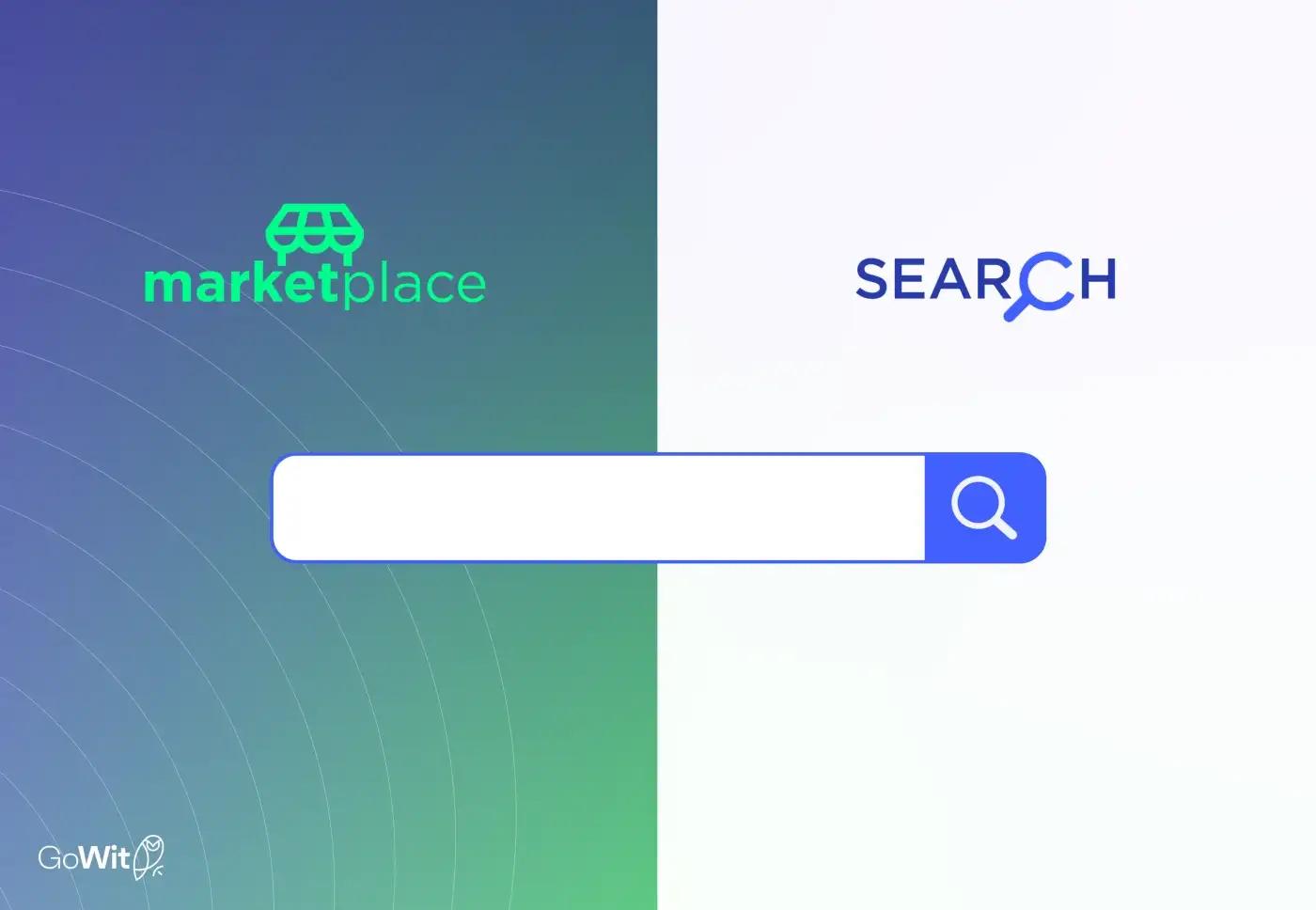
Online marketplaces are more than just a place to shop. They have evolved into a unique type of search engine, and from the standpoint of advertising, it has great potential.

Advertisers have a much better chance of reaching large audiences in the right location at the right time with the appropriate message if they target customers via several advertising channels.

To get the best results for their ads, many advertisers wonder where to put their advertising. The placement of an ad affects all metrics, including impressions, views, and clicks.
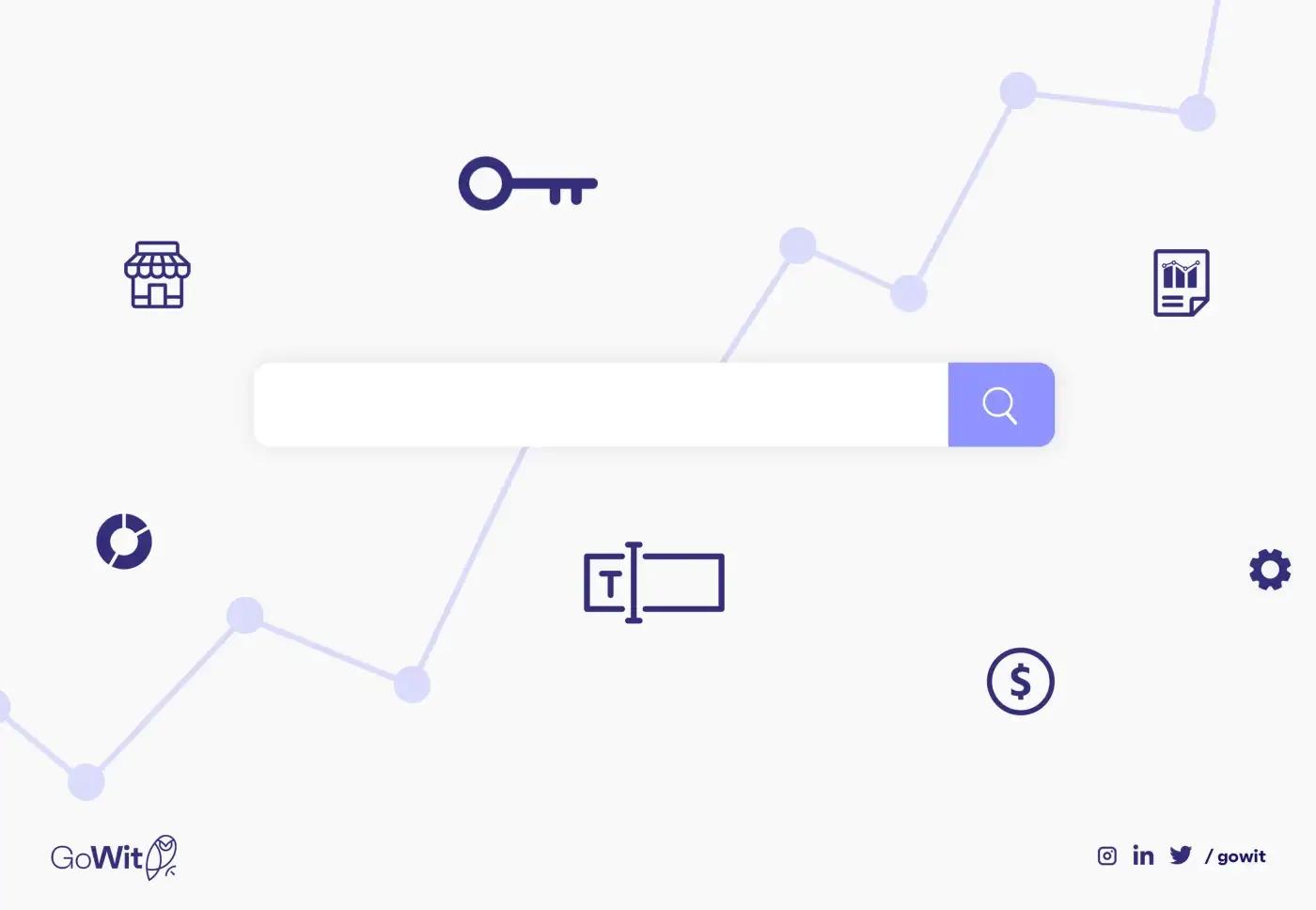
The method of reaching the right audiences and the customers who will definitely buy the product is undoubtedly provided with keyword targeting.
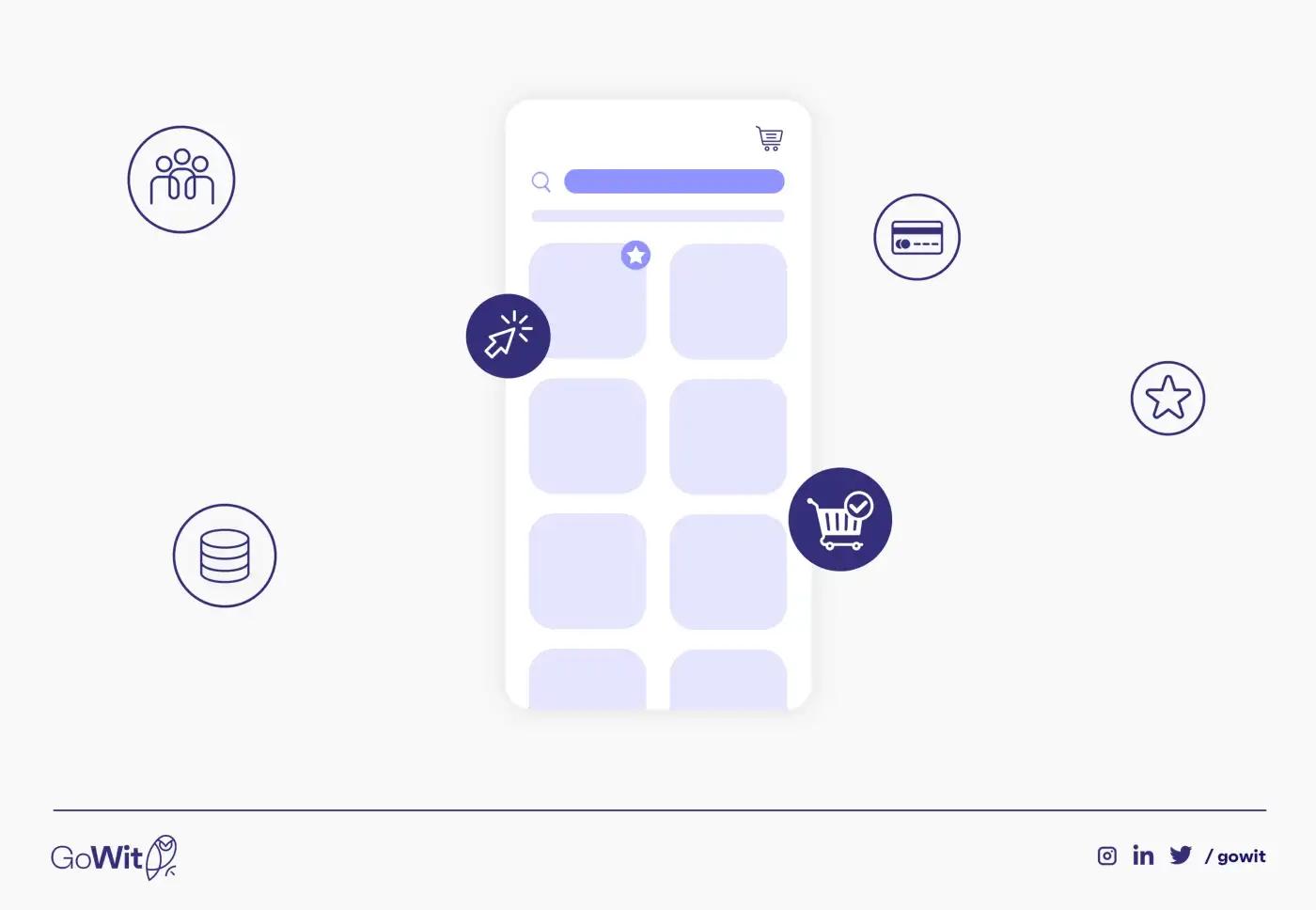
Retail Media Ads, as opposed to other forms of media, gives advertisers the benefit of more directly tying their advertising budget to real sales or other customer practices.
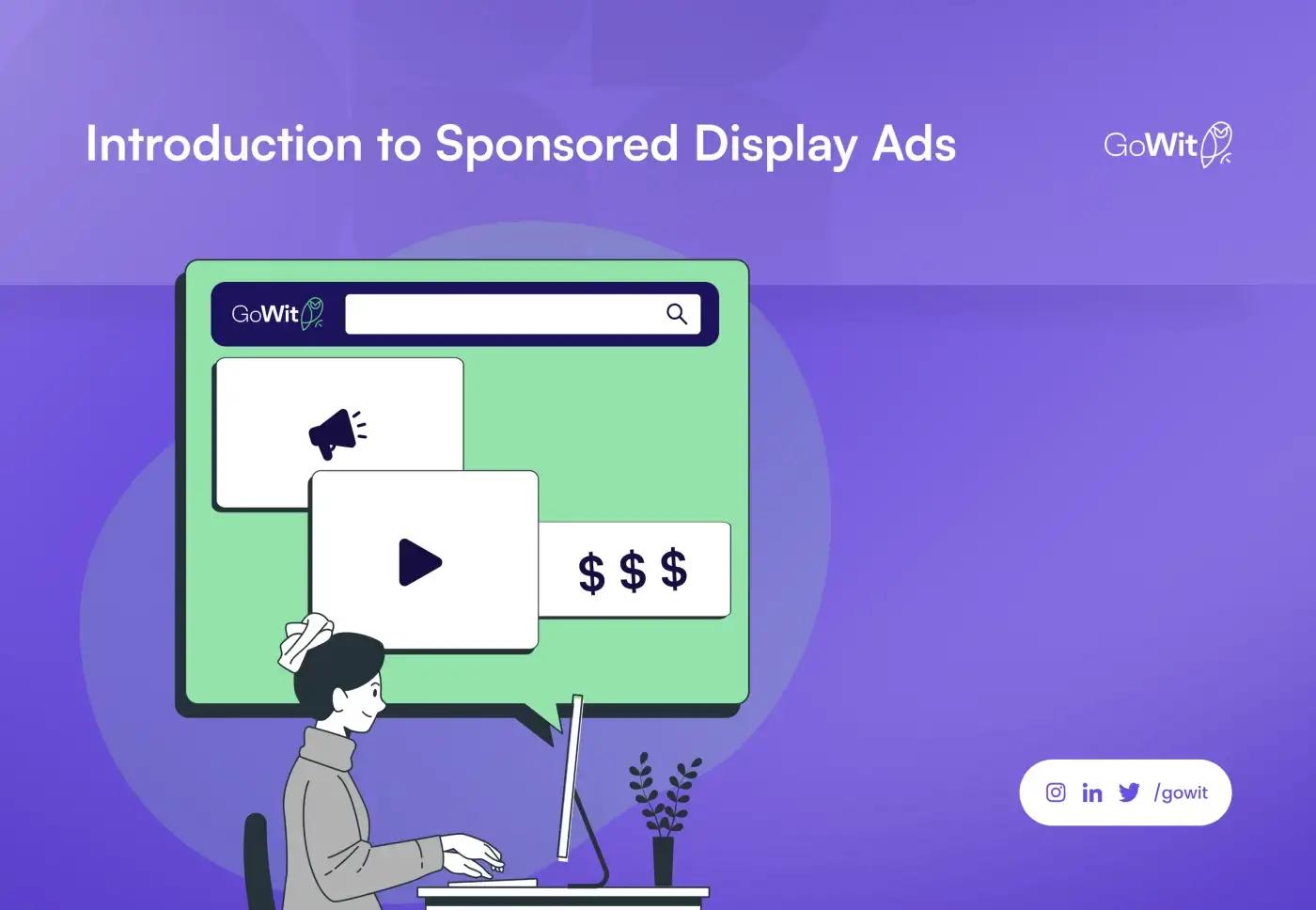
It is high time to engage shoppers, via Sponsored Display Ads, across their purchase journey on and off now.

With Sponsored Brands you can create a message, an interaction tool, directly from your brand to your customers.

Being a seller in this new age is nothing but a matter of ranking your products in top positions and promoting them.
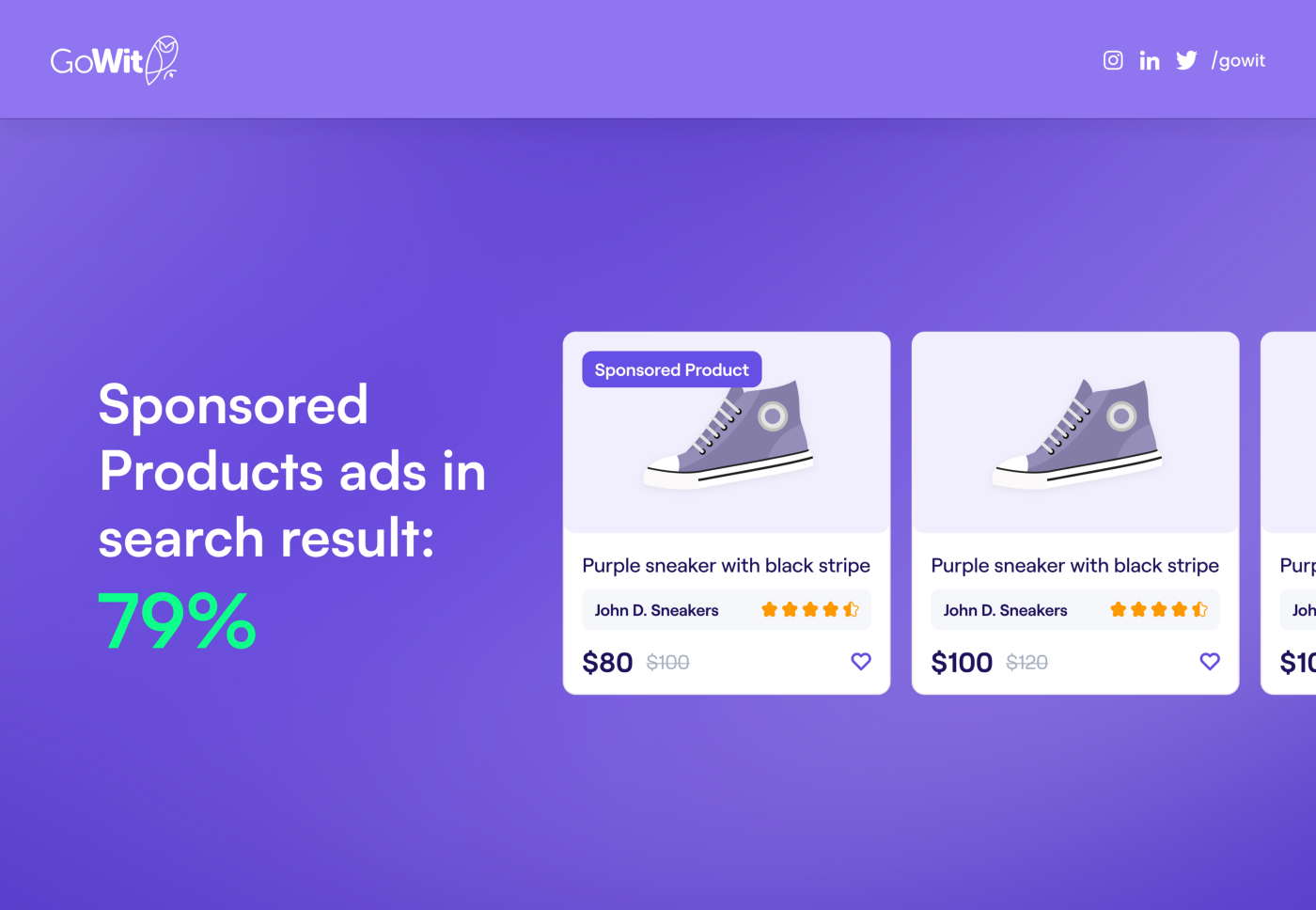
Sponsored Products ads are not only beneficial for businesses on the marketplace but they’re also crucial to sellers’ overall performance and consumers shopping online.

The right ad-tech partner can help navigate through multiple roadblocks and make the Retail Media Strategy successful.

Retail Media Ads can help marketplaces increase their revenue streams, enhance relationships with brands and sellers, as well as attract more traffic to their platform.

Header bidding can be self-hosted or managed, has a large network of demand partners, and increases revenue immediately with higher CPM and fill rates. Open Bidding is, however, only accessible to the largest publishers on a direct basis.

Retail Media is a means of monetizing the digital advertising space by enabling partner brands or sellers to promote their products on marketplaces’ websites and apps.

The announcement from Google that it will no longer allow third-party cookies in Chrome from 2023 on has stunned many in the industry. In addition to in-progress ID solutions, contextual targeting appears to be complementary to navigate in a cookieless world.

The market is trying to find its way free of dominant stakeholders, while users come in full force looking for a more private online experience.

It’s no longer impossible to imagine an era without cookies in online advertising. The post-cookie world is almost here thanks to consumer demand and new legislations.

The ad verification companies focus on viewability, ad fraud and brand safety in addition to ad verification tags that study the health of a publisher’s page. It saves advertisers’ budgets and improves the ROI of ad campaigns.

Connected TV (CTV) are devices connected to Internet and allow displaying video content from over-the-top (OTT) streaming services.
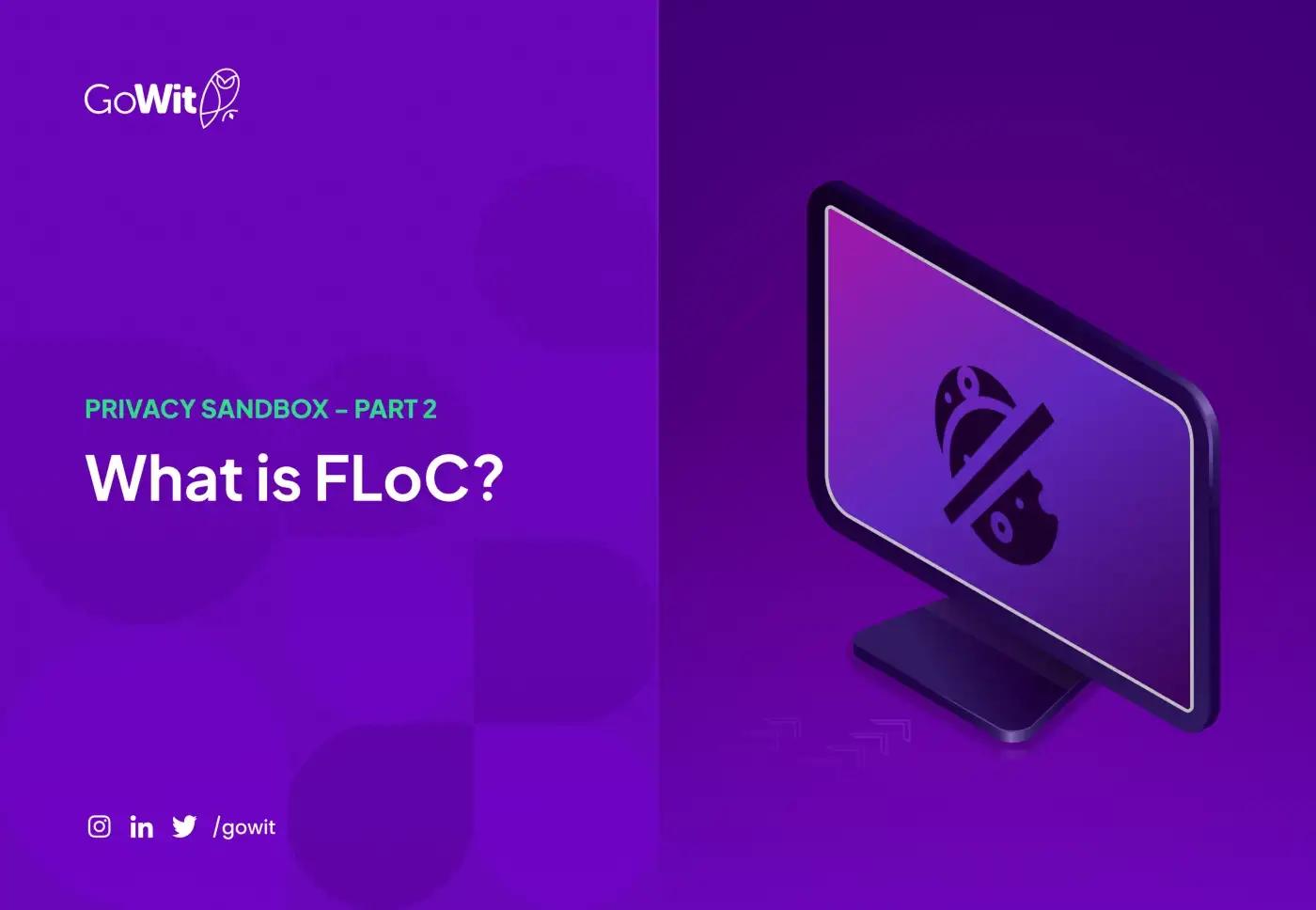
The aim of FLoC is to deliver interest-based advertising without compromising the privacy.

As an alternative to third-party cookies, Google Chrome’s Privacy Sandbox is announced as a set of measures designed to allow personalized advertising on the web while maintaining the privacy of web users.

The concept of brand safety has received increased attention because of the big scandals of 2017. While in-depth discussions and more official security measures are needed, all parties seem determined to win the battle against brand safety violations.
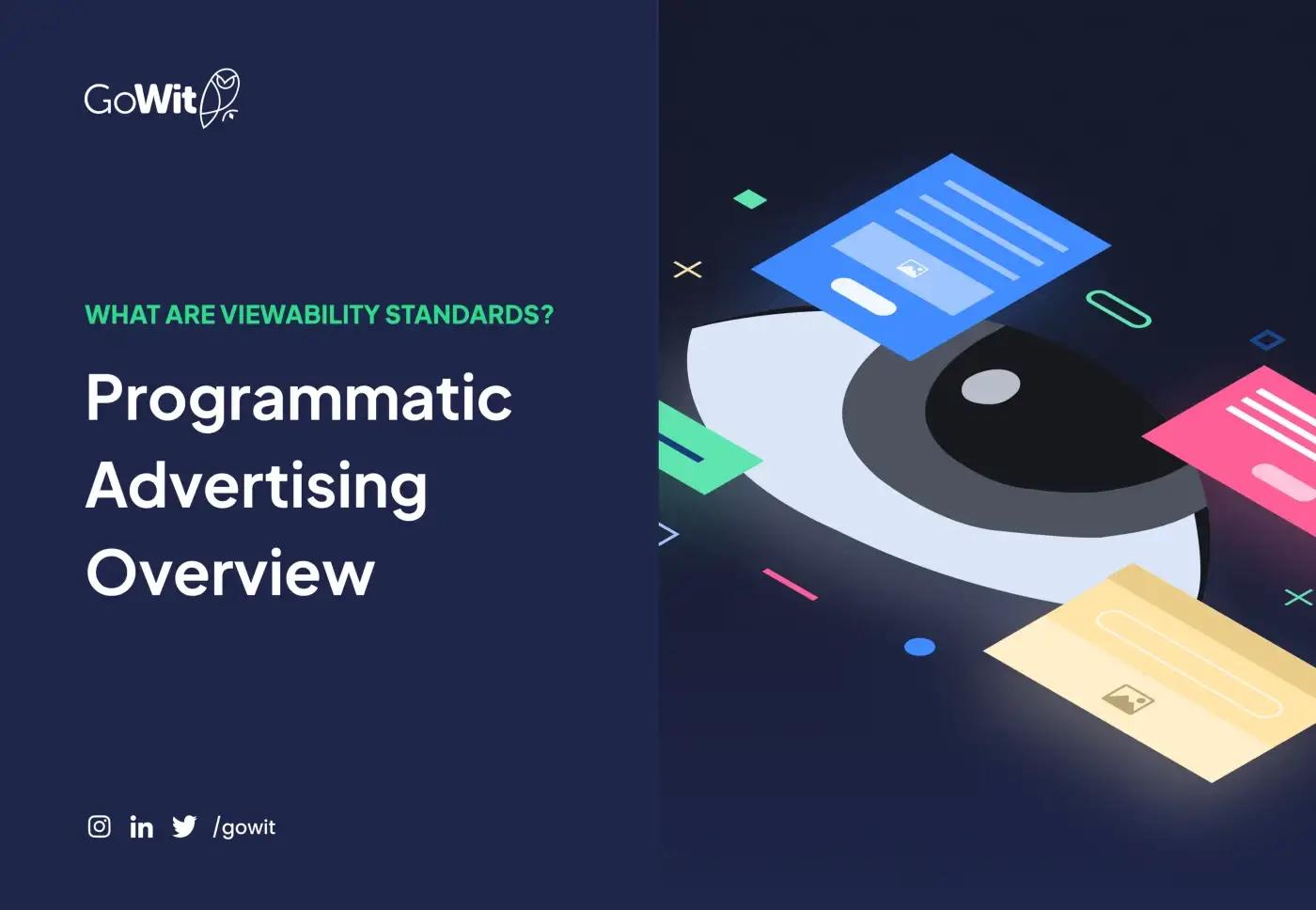
A key industry standard is making sure that digital advertising is visible. Compliance with international standards and measurement are essential in this context.
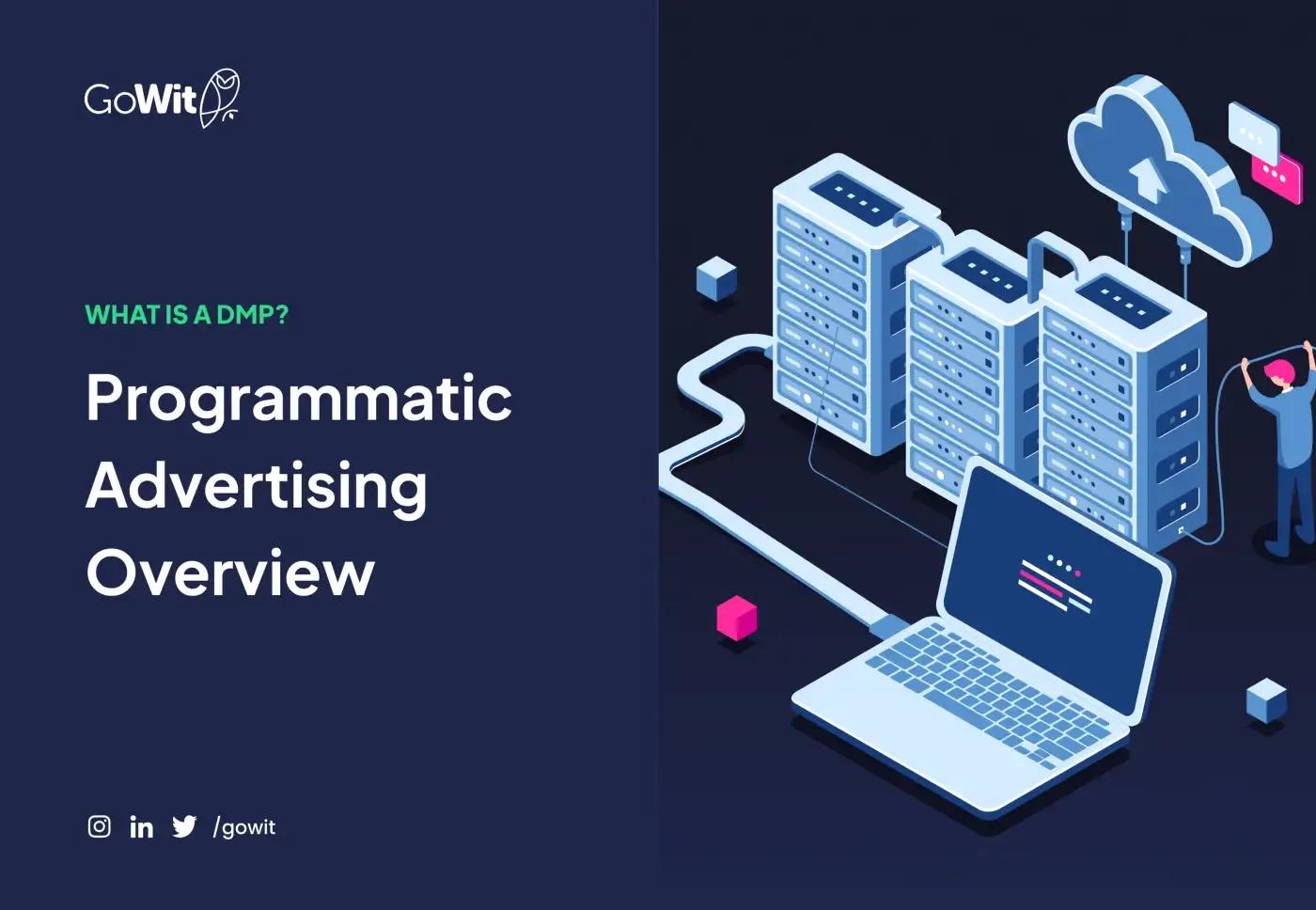
Programmatic advertising is increasingly dependent on data management solutions like DMPs. A successful marketing campaign relies on knowing which users to target and when. Furthermore, publishers can gather more in-depth information about their users using DMPs.

To increase transparency, programmatic advertising platforms should benefit from technologies and standards that take the necessary precautions against fraud.

Digital ad fraud is a problem that has a significant impact on the ecosystem and is unlikely to go away anytime soon in this process. Thanks to advancements in verification tools and machine learning technologies, the digital advertising sector is prepared to address this issue.

Preferred deals are based on direct agreements between advertisers and publishers. A publisher can give a priority to advertisers for looking at inventory first.

Private marketplace (PMP) is one of the most popular approaches to advertising technology. It is similar to the open auction but there are few different features.

An ad exchange is a digital platform where advertisers and publishers can buy and sell ads programmatically and transparently.

SSP allows the whole process of inventory to be controlled by the publisher. It finds the best ad networks for the publishers and manages the latency in the ad networks.

Those brands that have already started utilizing Retail Media platforms will be able to produce more contextualized ads, develop deeper engagement, and boost brand visibility among the right consumers.

Discover how Retail Media is revolutionizing digital advertising in our exclusive interview with GoWit CEO Emrah Adsan, as featured in Bloomberg. Gain insights into the role of AI in personalized ads, the global expansion of Retail Media, and GoWit's mission to lead this transformation across multiple regions.